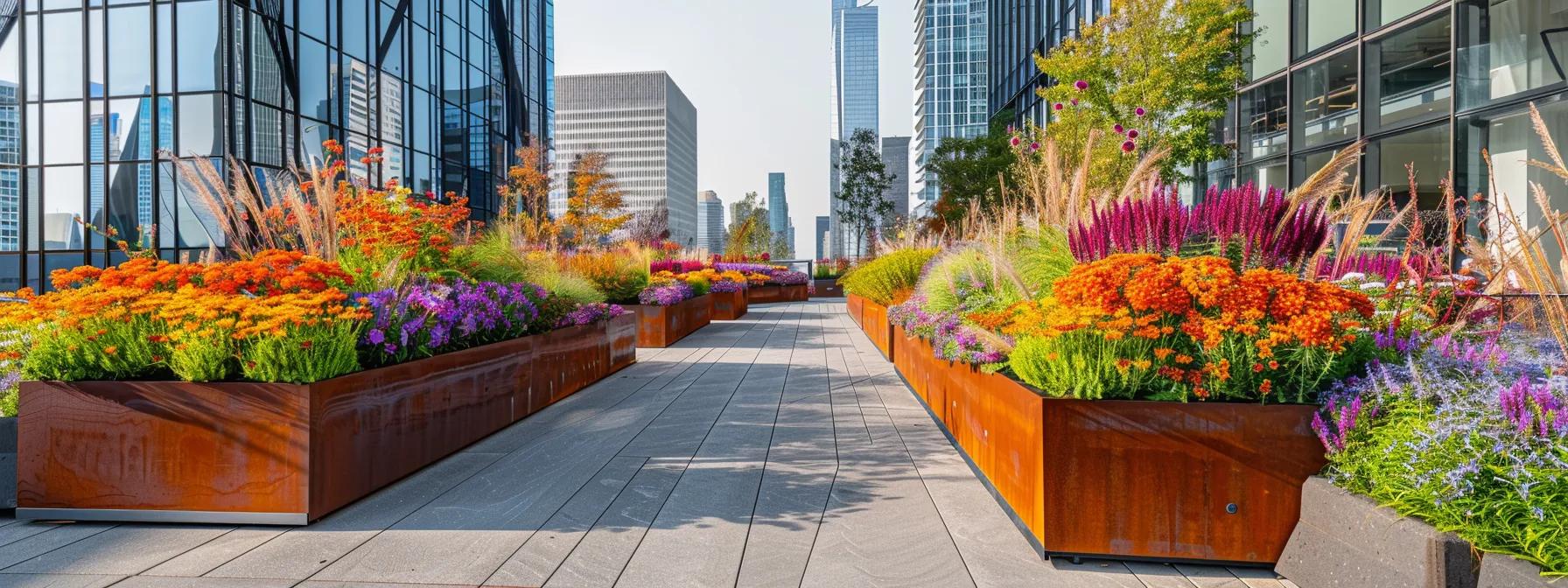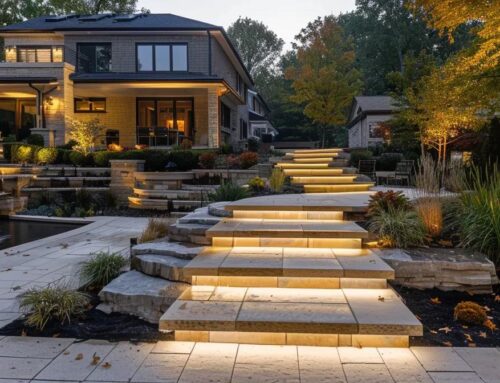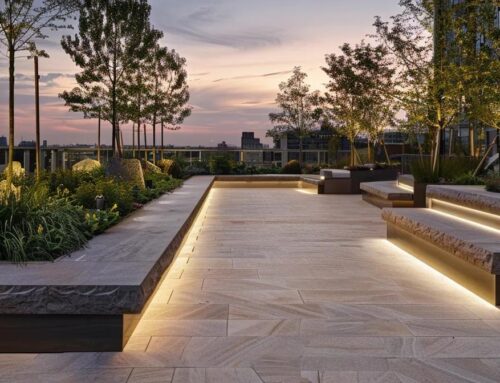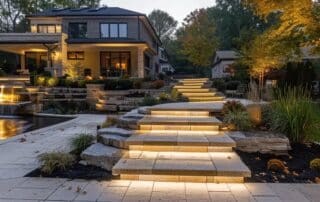
Refreshing Your Landscape With Every Season
Creating a beautiful landscape that thrives year-round takes more than tossing down a few flowers and hoping they bloom. Thoughtful seasonal landscaping requires knowledge of climate, soil conditions, and plant behavior through the seasons. Whether you’re working with the rich loam of the Pacific Northwest or sandy clay in the South, selecting the best plants for seasonal landscaping starts with understanding your region’s hardiness zone and how your garden space transitions throughout the year.
Landscape design isn’t just about color or shape—it’s about sustainability, pollinator support, and resilience to seasonal stressors like drought, frost, and pests. When you choose the right shrubs, perennials, and groundcovers, you create more than a visually appealing space. You create habitat, functionality, and year-round beauty that evolves with nature’s rhythm. Below, we dive into the essential plant categories and combinations that can elevate your seasonal design.
Shrubs and Perennials That Anchor the Year
Shrubs and perennials serve as the backbone of any well-designed landscape. These woody plants and herbaceous fixtures provide structure and visual continuity throughout changing seasons. Evergreens like lavandula and boxwood retain their foliage and scent even in winter, offering color when everything else fades. Meanwhile, deciduous shrubs like azalea and berberis bring vibrant color in spring and fall, going dormant in winter.
Choose perennials based on your climate and drainage. In hardiness zones with extreme frost, drought-tolerant selections like echinacea, sedum, and achillea millefolium hold their own with minimal irrigation. In milder climates, plant oxalis or viola as groundcover to maintain soft, colorful layers through the growing season. Incorporate mulch to retain moisture and protect root systems during seasonal extremes, and refresh soil fertility with compost or well-rotted manure at the start of each season to keep these perennial workhorses thriving.
Pollinator-Friendly Annuals for Color and Purpose
Annuals offer the opportunity to experiment, refresh, and reimagine your landscape each year. But beyond their aesthetic impact, these plants can serve a vital function by supporting pollinators and improving biodiversity. Incorporate pollinator-friendly species such as tagetes (marigolds), verbena, lantana, and petunia to draw in hummingbirds, bees, and butterflies. These flowers don’t just look good—they help fertilize crops and promote ecological balance.
Rotate your annuals based on sun exposure and temperature tolerance. For summer gardens, heat-tolerant plants like zinnia and amaranth hold up in full sun, while aquilegia and eschscholzia californica are better suited for partial shade. Maintain healthy blooming cycles with targeted fertilizer applications, and test your soil texture and pH at least twice a year to make adjustments using lime, peat, or phosphorus as needed.
For a cohesive design, pair annuals with bulbs like tulips and daffodils in spring, then transition into cucurbita, capsicum, and cucumber for ornamental edible flair. If you’re planning a pollinator garden, mix in crops from your kitchen garden to let functionality meet beauty right on your patio or in raised beds.
Edibles and Ornamentals That Change With the Season
One of the most rewarding elements of seasonal landscape design is integrating edible plants into your yard. This not only maximizes your space but adds texture, interest, and color that shifts with each harvest. Cool-weather crops like kale, spinach, chard, and lettuce create lush leafy greens in spring and fall, while sweet corn, bean, cowpea, and okra fill summer with tall, dynamic vertical growth.
For a splash of color and utility, include carrot and radish in beds near ornamentals. Their foliage complements other plants while contributing to soil aeration and organic matter. Need variety in your container garden? Try eggplant, pepper, or a dwarf tomato hybrid surrounded by basil or thyme.
Just don’t forget about pests. Integrated pest control is essential. Use drip irrigation to keep foliage dry, avoiding fungal disease, and introduce neem oil or natural predators like ladybugs for non-toxic pest management. Keep mulch around your vegetables to suppress weeds and regulate temperature, especially in beds that transition from spring crops to summer harvests.
Reimagine Your Landscape With Seasonal Intention
Landscape design isn’t a one-time act—it’s a living process. Choosing the best plants for seasonal landscaping means thinking beyond what’s in bloom today. It’s about anticipating frost, welcoming pollinators, and designing with your local wildlife and soil health in mind. Each planting season brings new opportunities for beauty and balance, whether you’re working with a wild backyard or a structured front garden.
If you’re ready to transform your outdoor space with intentional seasonal design, start planning your layout with the help of your local plant nursery or extension service. Test your soil, check your hardiness zone, and sketch out your seasonal goals. Whether you’re after a lush pollinator haven, a rustic kitchen garden, or a drought-resistant modern retreat, the right plants will elevate your space all year long.




